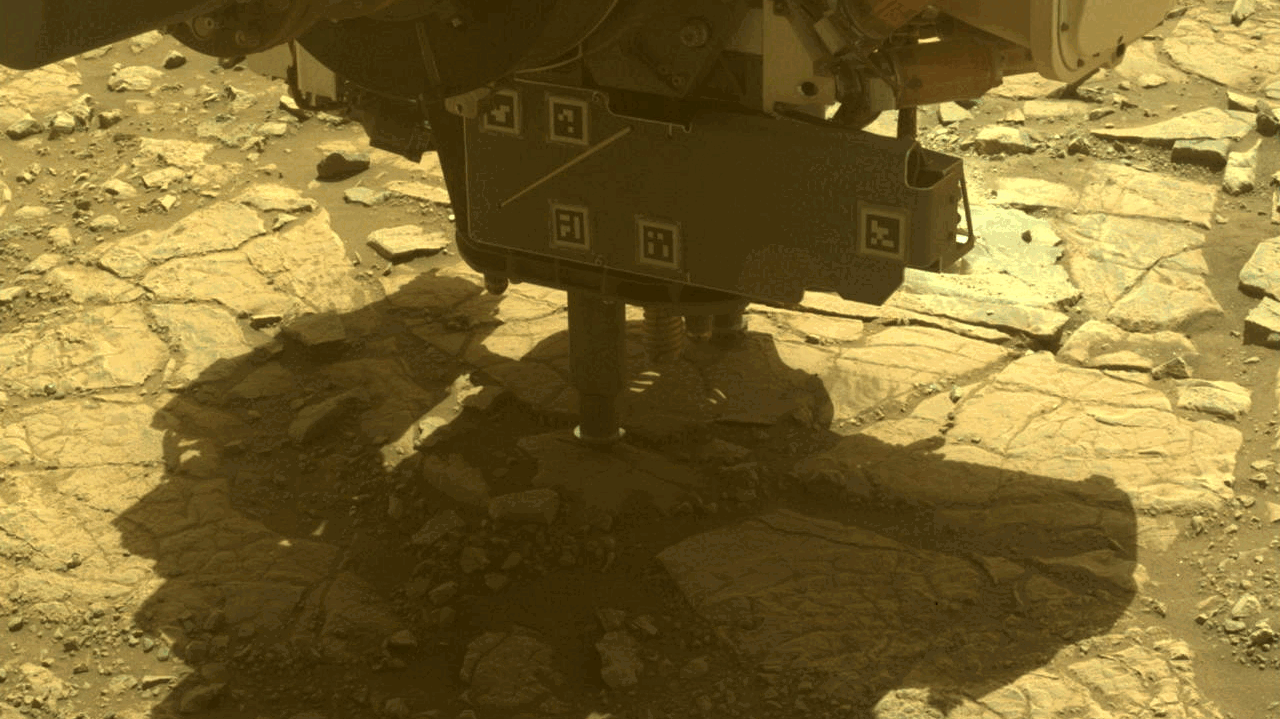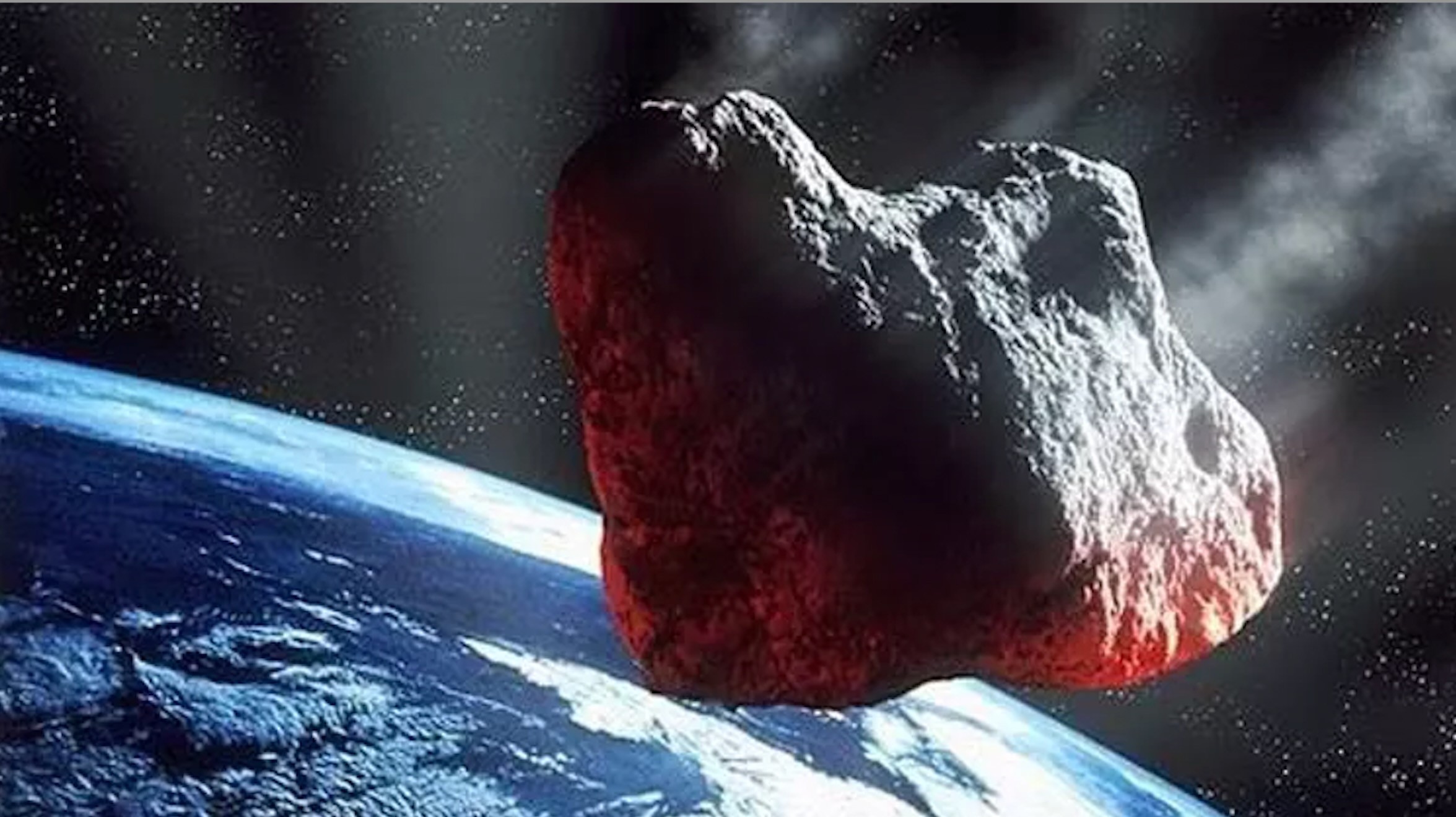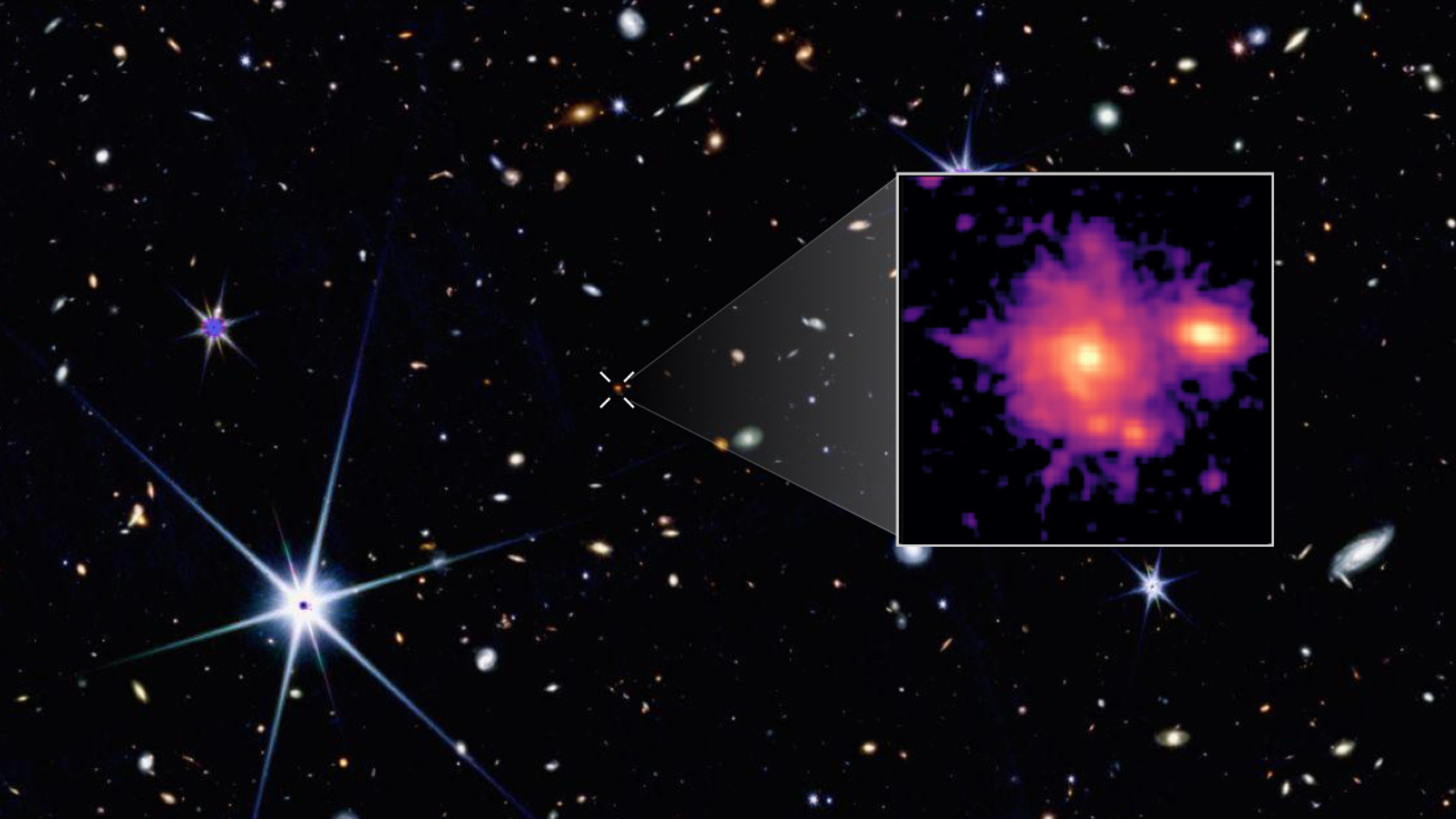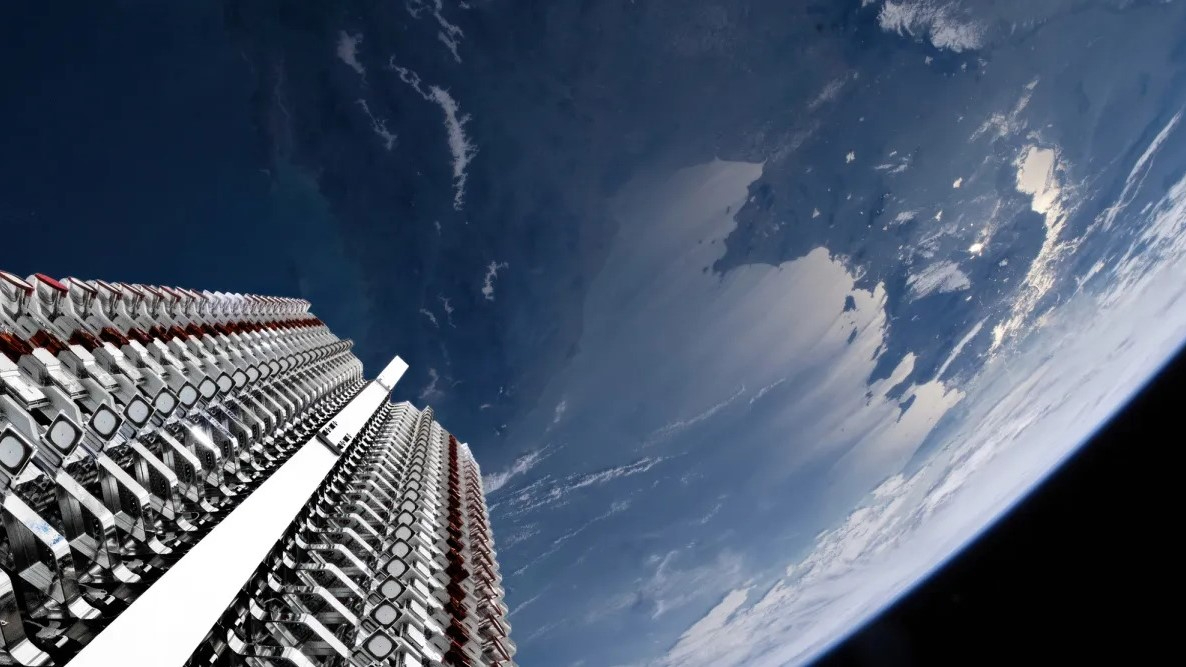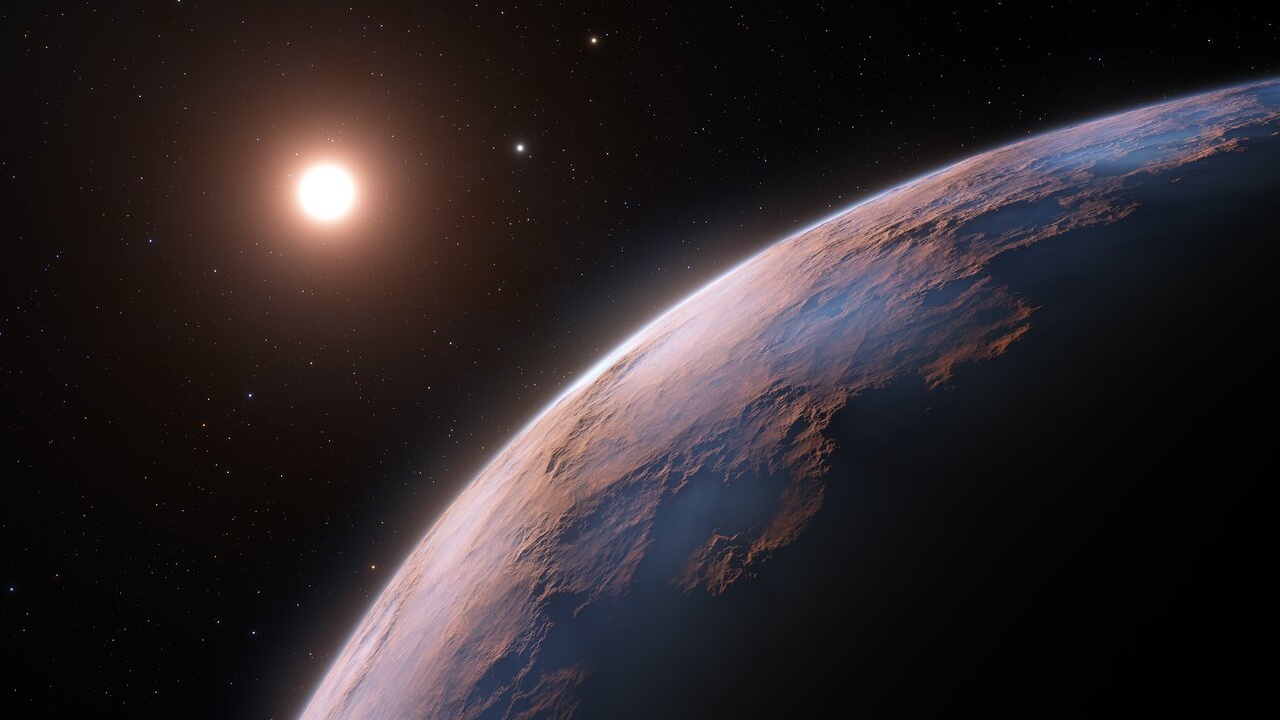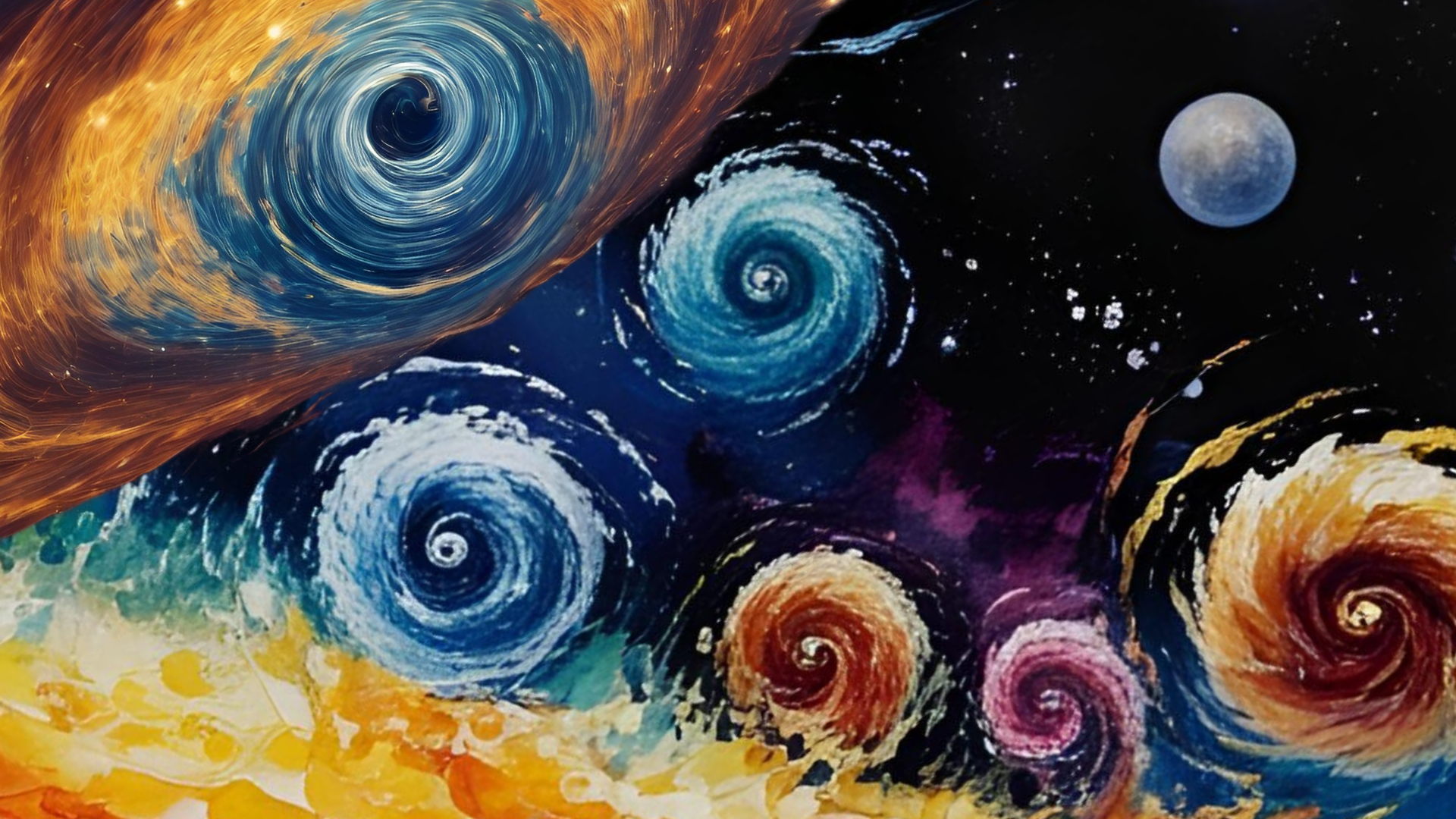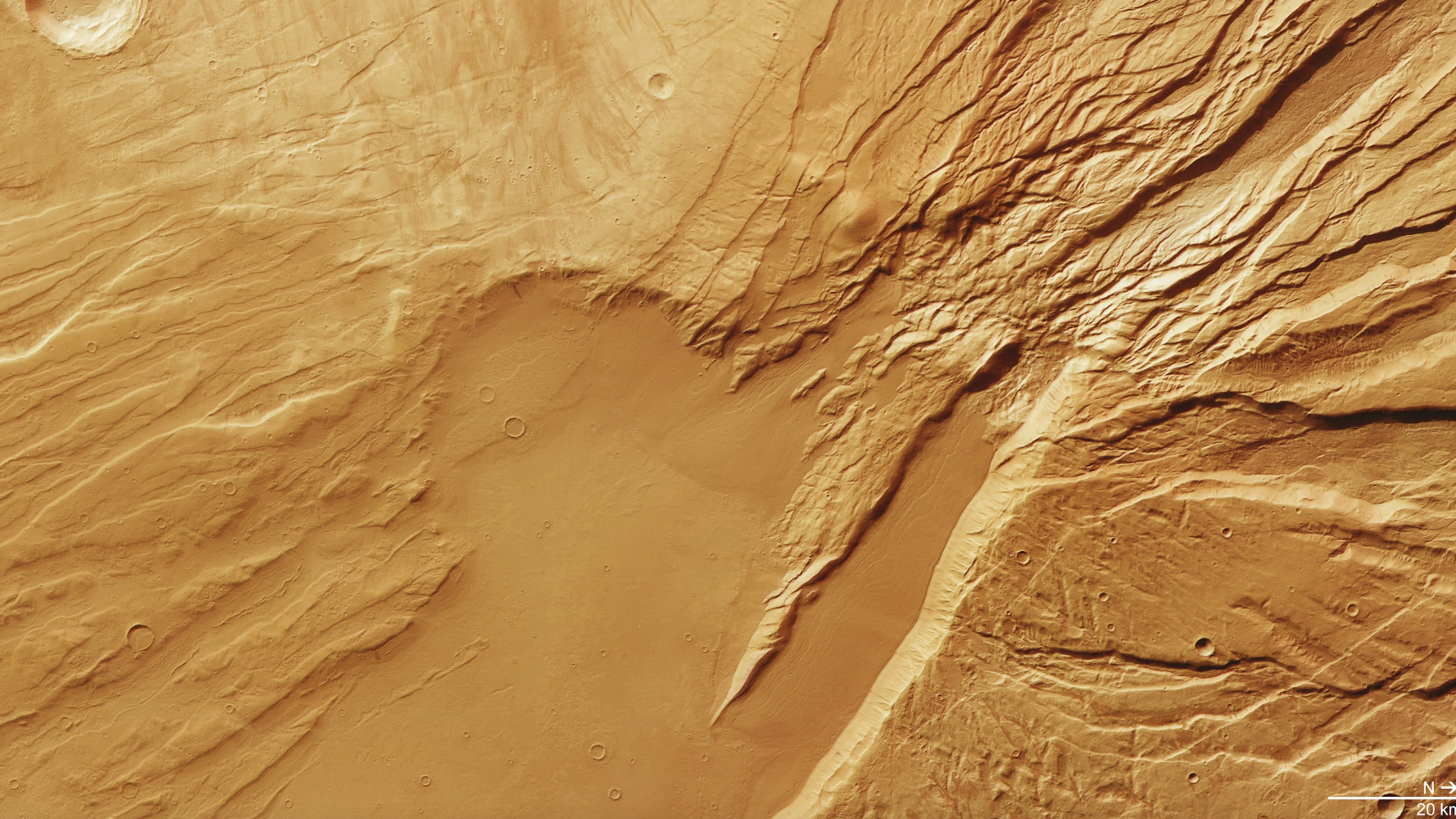Happy 4th of July! Infant star creates red, white and blue fireworks in new JWST image
The new Independence Day image from the powerful space telescope shows a patriotic-looking protostar.
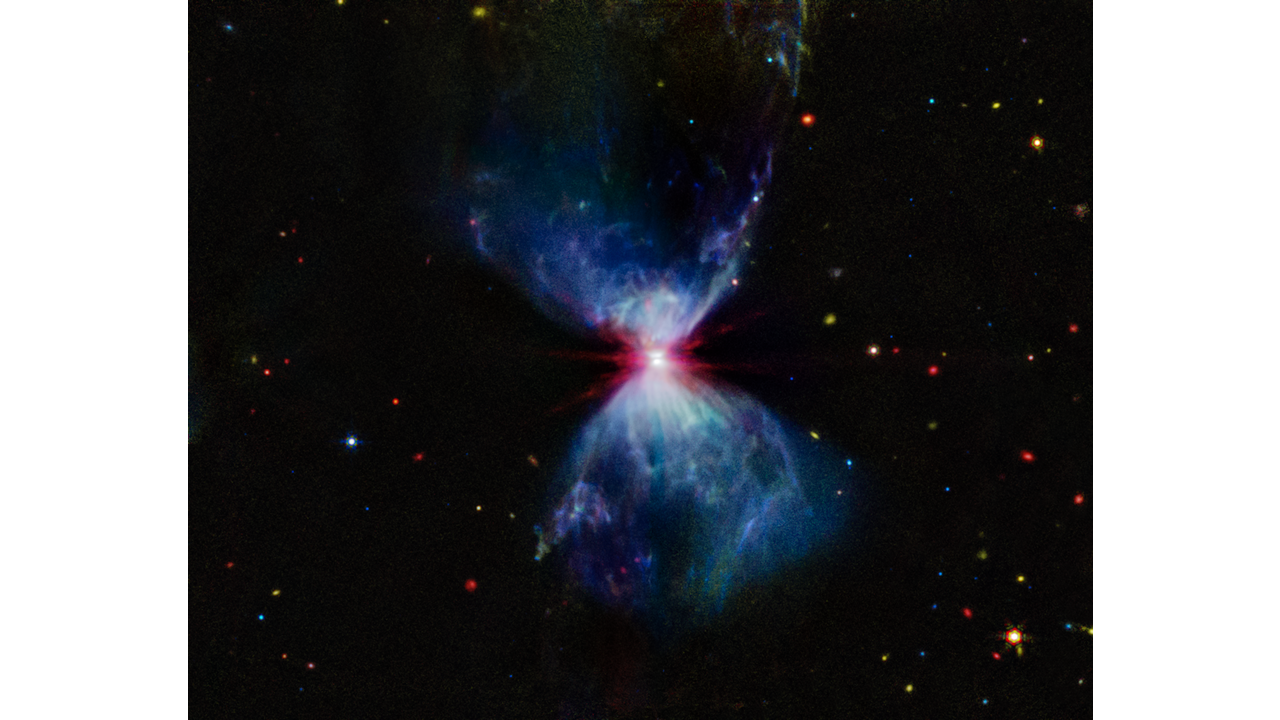
Just in time for Independence Day, NASA has released a stunning image from the James Webb Space Telescope (JWST) that shows incredible red, white and blue fireworks erupting in the cosmos.
While the U.S. celebrates its birthday, this cosmic "rocket's red glare" is actually the violent eruption of an infant star at the heart of the blue and white gas and dust cloud, or nebula, that birthed it. The nebula in question is called L1527, which is located around 460 light-years from Earth in the constellation Taurus.
Resembling a cosmic butterfly, the nebula's central "body" is a glowing protostar, estimated to be around 100,000 years old. If that seems ancient — and it certainly is, compared to the 248-year-old United States — remember that our star, the sun, and the solar system around it are over 4.5 billion years old.
In fact, the stellar object at the heart of this nebula isn't even a fully fledged star yet. These cosmic fireworks mark the process by which the protostar is transforming into a main sequence star like the sun.
Birth of a nation and the birth of a star
Stars are born from vast molecular clouds when overdense patches gather more and more mass, eventually collapsing under their own gravity. This forms a protostar, which then continues to harvest material from the postnatal cloud of gas and dust that remains from the molecular cloud that birthed it.
This process continues until the protostar has gathered enough mass for the pressure and temperature at its core to become great enough to trigger the nuclear fusion of hydrogen to helium.
This is the process responsible for the vast majority of the energy that stars pump out, and it is also the process that defines what a "main sequence" star is.
Get the Space.com Newsletter
Breaking space news, the latest updates on rocket launches, skywatching events and more!
Related: Forbidden black holes and ancient stars hide in these 'tiny red dots' (image)

The new observation of L1527 and its protostar was conducted by JWST's Mid-Infrared Instrument. In the image, the white and blue "lobes" extending from the central region are outflows being emitted in opposite directions along the rotational axis of the protostar as it consumes gas and dust from its natal cocoon to facilitate its growth.
The outflows are causing shockwaves called "bowshocks" in the molecular gas around the protostar. These bowshocks are similar to the curved ridges of water that emerge from the passage of a boat in seas, rivers and lakes on Earth.
These shocked regions glow compared to the dark gas of the rest of the region because the gas there is being energized, or "excited," by these bowshocks. The blue regions represent shocked gas dominated by carbon-based molecules known as polycyclic aromatic hydrocarbons.
At the heart of this emerging cosmic butterfly, the JWST image shows a dark line that represents a disk of matter surrounding the protostar and gradually being fed to it.
The central region is white because of sporadic "stellar burps" of material from this feeding infant star. This white glow above and below the central protostar indicates a mix of ionized neon and thick dust being propelled far from the messy feeding protostar. The red spiky smearing around the protostar is an artifact of JWST's optics.
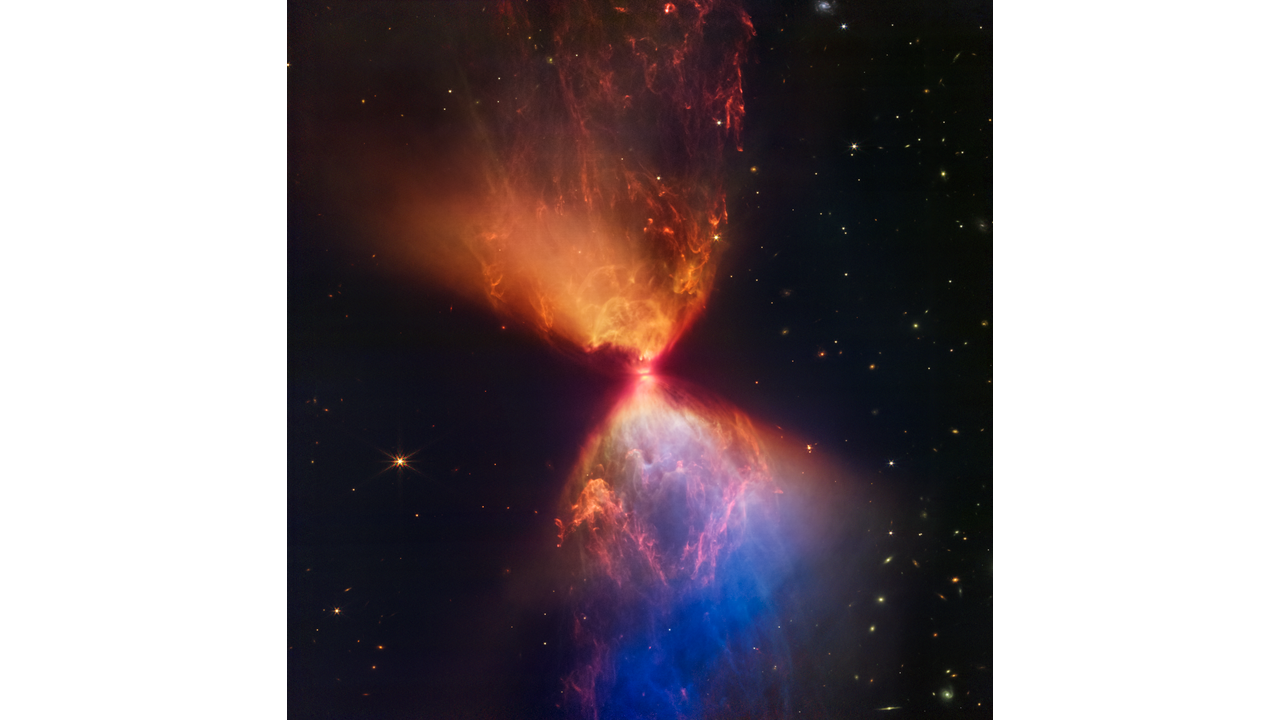
This isn't JWST's first attempt at imaging this infant star and its gaseous crib. In November 2022, the powerful space telescope observed L1527 with its Near-Infrared Camera (NIRCam) instrument. The image is slightly less patriotic than the MIRI version, dominated mostly by orange hues, though the central star remains red-hued, and the bottom "wing" of this tilted cosmic butterfly is dominated by blue.
As the protostar of L1527 continues to age and transform into a mature main sequence star, it will continue to consume the matter around it. The growing star will also release energetic jets and radiation that push away much of what remains of this molecular cloud. As a result, many of the structures seen in the MIRI and NIRCam images will fade away.
Once the transformation is done, this beautiful cosmic butterfly will be gone, and the star itself will become much clearer.
Using two instruments to observe L1527 in both the near-infrared and mid-infrared views, JWST has revealed the intricacies of the system's behavior, including how the central protostar influences its surrounding region.
Many more stars are being born in the Taurus molecular cloud complex, a stellar nursery containing hundreds of newly formed stars, where L1527 resides. Stars like this one's influence could impact this complex and prevent other stars from forming by disrupting the wider molecular cloud as it asserts its own independence.
Join our Space Forums to keep talking space on the latest missions, night sky and more! And if you have a news tip, correction or comment, let us know at: community@space.com.

Robert Lea is a science journalist in the U.K. whose articles have been published in Physics World, New Scientist, Astronomy Magazine, All About Space, Newsweek and ZME Science. He also writes about science communication for Elsevier and the European Journal of Physics. Rob holds a bachelor of science degree in physics and astronomy from the U.K.’s Open University. Follow him on Twitter @sciencef1rst.
James Webb Space Telescope sees a celestial Venn diagram around a dying star
This star burped after eating a planet — but the planet was really asking for it
